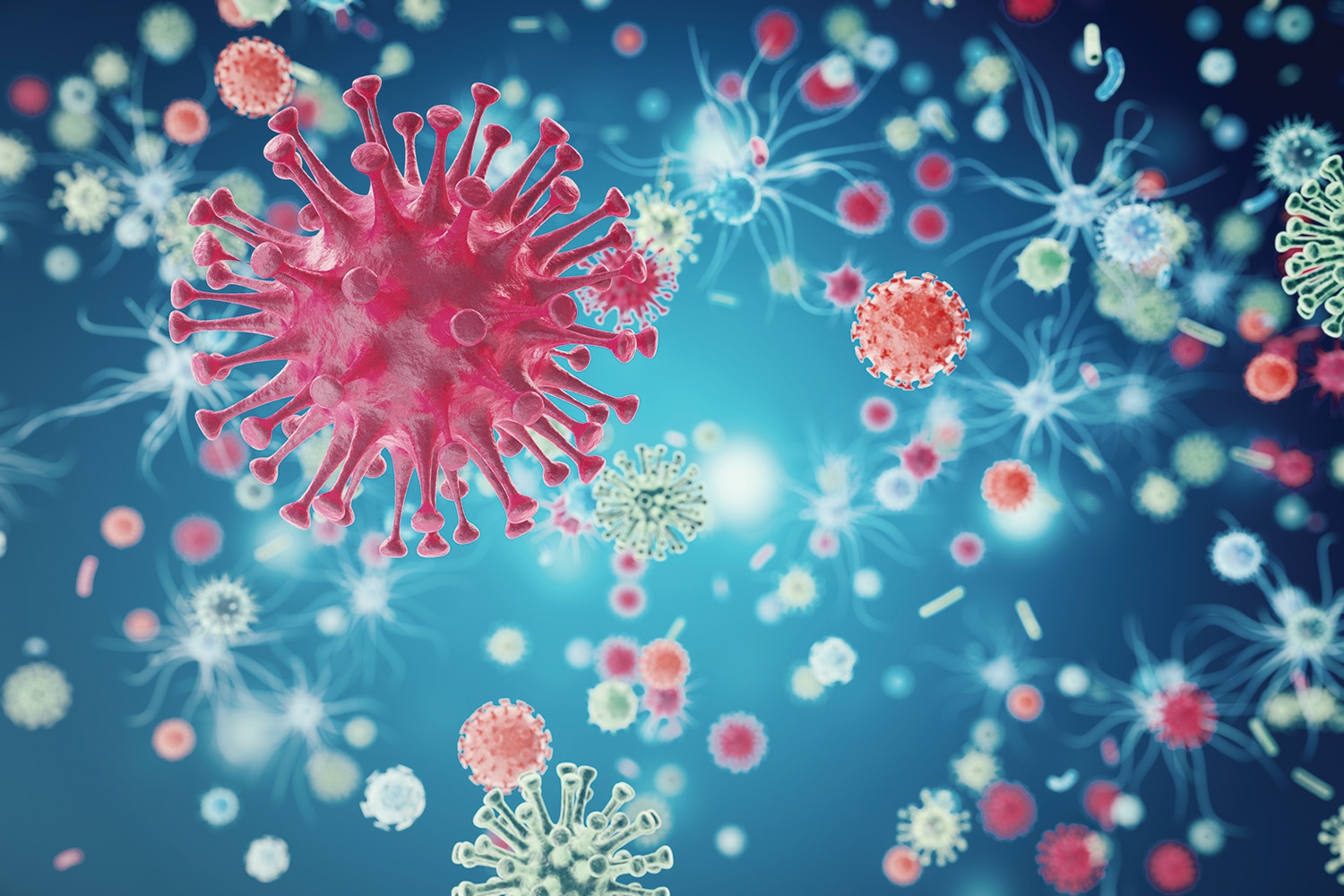Anyone who has experienced the sneezing, runny nose and scratchy throat that accompany a cold knows the power of a tiny virus. The discomfort begins when the virus gets into the cells in your nose or throat, triggering an immune response—an army of white blood cells and a lot of mucus.
But what if that virus’s ability to get into a cell could be used to treat disease? Scientists have been conducting research seeking to answer that question for decades. Now, new technologies have made it possible to hijack a virus and use it to kill cancer cells.
Frederick F. Lang, a neurosurgeon at the University of Texas M.D. Anderson Cancer Center in Houston, is part of a research team studying the effectiveness of a common cold virus that has been transformed into a possible treatment for recurrent glioblastoma, an aggressive type of brain cancer. Cancer Today spoke with Lang about his research and the use of viruses to treat cancer.
Q: How does a cold virus kill cancer cells?
A: Viruses enter and replicate in cells really well, and the signaling pathways in tumors are very susceptible to virus infection and replication. Just like a virus can enter a normal cell, a virus can get inside a tumor cell. Before we developed genetic engineering, there was no way to control how the virus acted in normal cells. Now we can engineer the virus so it will kill cancer cells and not normal cells.
Q: How does the engineered virus you are studying work?
A: The therapy we developed is called Delta 24-RGD. We called it that because we deleted 24 base pairs from a critical gene in the virus called E1A, which interacts with retinoblastoma protein, a tumor suppressor. When the virus gets into a normal cell, it can’t replicate because those cells have retinoblastoma protein. In tumor cells, the retinoblastoma protein is dysfunctional, so when the engineered virus gets in, it starts replicating like crazy. It takes over the cancer cell and uses its machinery to make more of the virus, which moves through the tumor and infects other cancer cells.
Q: How did you conduct the study?
A: One arm of the trial had 12 patients who were going to have brain surgery to remove the tumor. To deliver the treatment, we drill a hole in the skull, put a catheter into the tumor, and then inject the virus. We waited two weeks and then took out the tumor so we could see what the virus did. In those patients, we saw a large number of immune cells in the tumor. That was evidence that the virus replicated and attracted immune cells to the tumor.
There was another arm of the trial in which we injected the virus into the tumor but didn’t remove [the tumor]. In these patients, the tumor would initially get worse but then start to go away. In three of the 25 patients, the tumor disappeared and stayed gone for over three years, which is unusual for brain tumors.
Q: Why do you think it worked so well in those three patients?
A: That is the critical question and the focus of our subsequent research. I think it has something to do with their immune system and its ability to respond to the tumor. But it could also be something about their tumor.
Q: What are the next steps?
A: There are a couple of pathways we can take. We are looking at whether using stem cells to deliver the virus through the bloodstream will work. We also think that the tumor is making checkpoints that inhibit the immune system, even after the virus gets in. So, we’re looking at treating it by injecting the virus into the tumor and giving the checkpoint inhibitor Keytruda (pembrolizumab) intravenously. We are also thinking about giving the checkpoint inhibitor more than once.
This is all experimental. There have been no new treatments that have significantly increased survival for patients with glioblastoma for 20 to 30 years. This is a difficult disease to treat, and we have no misconceptions that this will be a panacea. I think there is a subset of people who will respond to this type of therapy, and we will need to see if we can find a biomarker to predict who they are.
Cancer Today magazine is free to cancer patients, survivors and caregivers who live in the U.S. Subscribe here to receive four issues per year.





